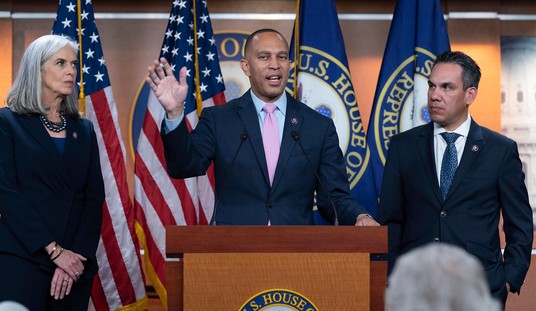Does throwing money at education work? According to The University of Southern California Education School, the US spends $800Bn per year on secondary education. This amounts to seven to eight times the typical amount spent by the other nations in the world who take their education seriously. This overwhelming disparity in expenditure even holds true in comparison to nations such as Brazil and Russia who have more school-aged students than the United States.
Perhaps we get more accurate information by studying per pupil expenditures. The US spends almost $8k/ per student rounded to the first digit. France, The UK, Australia, Canada and Finland all spend $6K. Several other 1st and 2nd world countries spend between $1.5K and $5K per pupil to educate their populations. So what does this buy the United States?
The good news involves literacy. Outside of isolated pockets such as Detroit, we successfully teach our people to read. According to the USC article linked above, 99% of Americans are literate after an expected value of 16 years/student in American schools. The Russians spend less than $2K/pupil, educate their young people for 2 fewer years than the United States, and get a slightly better result. Only Finland achieves virtually universal literacy. The United States spends too much, but manages to teach children how to read.
Our problems come with math and science education. We score lower than nations that spend ¼ the money per pupil. We score lower than nations who send their children to school two fewer years than the rest of the developed world. On a competitive international math exam, our students get less than 80% of it correct (474/600). On a competitive science exam we do only slightly better with 81.5% (489/600).
No, I didn’t promise that there wouldn’t be math, so we’ll look at one more set of numbers that hopefully puts all of this into mildly depressing perspective.

The graph above demonstrates three things.
1) The United States derives far less value per dollar expended than any other leading industrial nation. ($0.54).
2) The more ANY nation spends on educating its children; the lower the return on investment per dollar becomes.
3) Like any overgrown government program, educational spending has a declining marginal utility per dollar than can be modeled with a linear equation with a r^2 north of 90%.
The data used to derive this graph follows below.
| Nation | $ per Pupil Per Year | Spending Efficiency in USD |
| United States | $483.94 | $0.54 |
| United Kingdom | $364.63 | $0.73 |
| Canada | $338.18 | $0.82 |
| Finland | $332.53 | $0.86 |
| Denmark | $292.63 | $0.92 |
| Australia | $274.57 | $1.00 |
| Japan | $250.40 | $1.10 |
| South Korea | $221.12 | $1.25 |
| Mexico | $141.07 | $1.57 |
| Brazil | $120.21 | $1.79 |
| Russia | $132.14 | $1.96 |













Join the conversation as a VIP Member